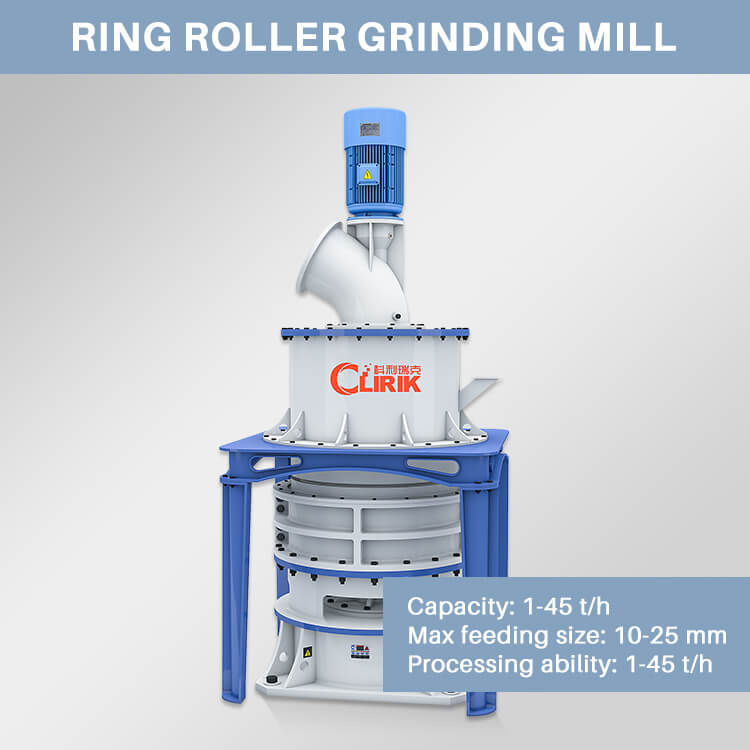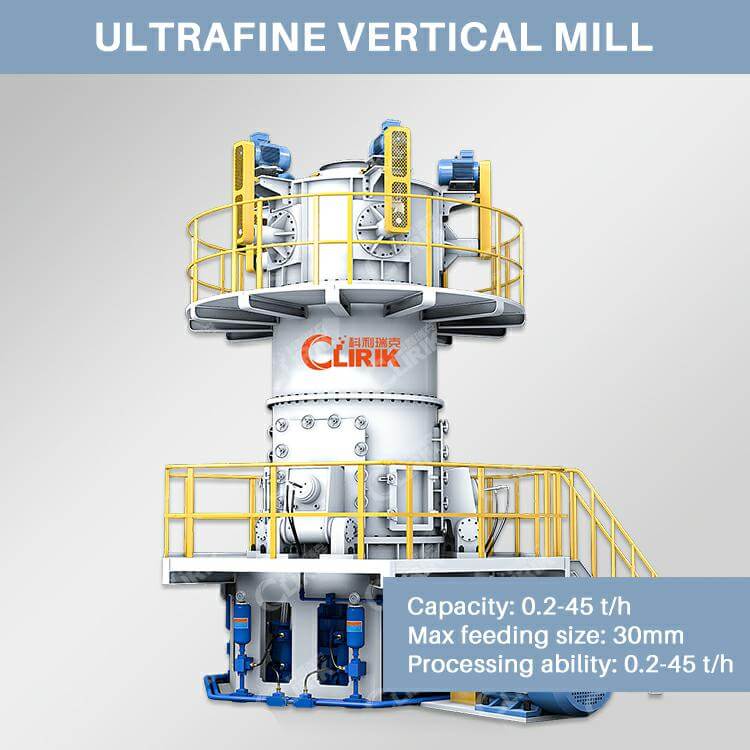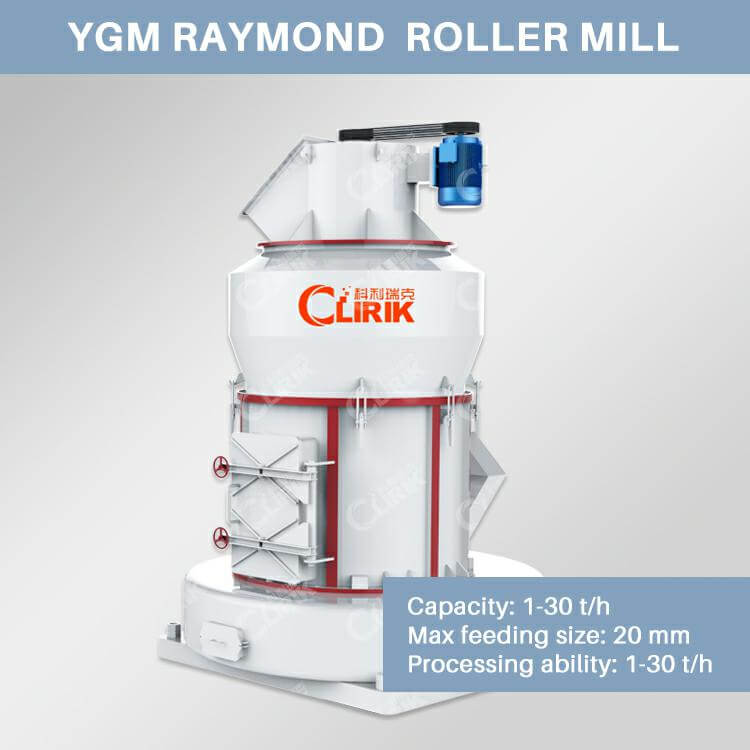What does D50 D90 and D97 mean in powder filler?
Release Time:2023-03-03
Table of Contents
Description Of D50 D90 and D97
D represents the diameter of the powder particles.
D50 represents the diameter of the cumulative 50% point (or 50% passing particle size),
D10 represents the diameter of the cumulative 10% point,
D50 is also called the average particle size or median diameter,
D(4, 3) Represents the volume average diameter,
D (3, 2) represents the plane average diameter.
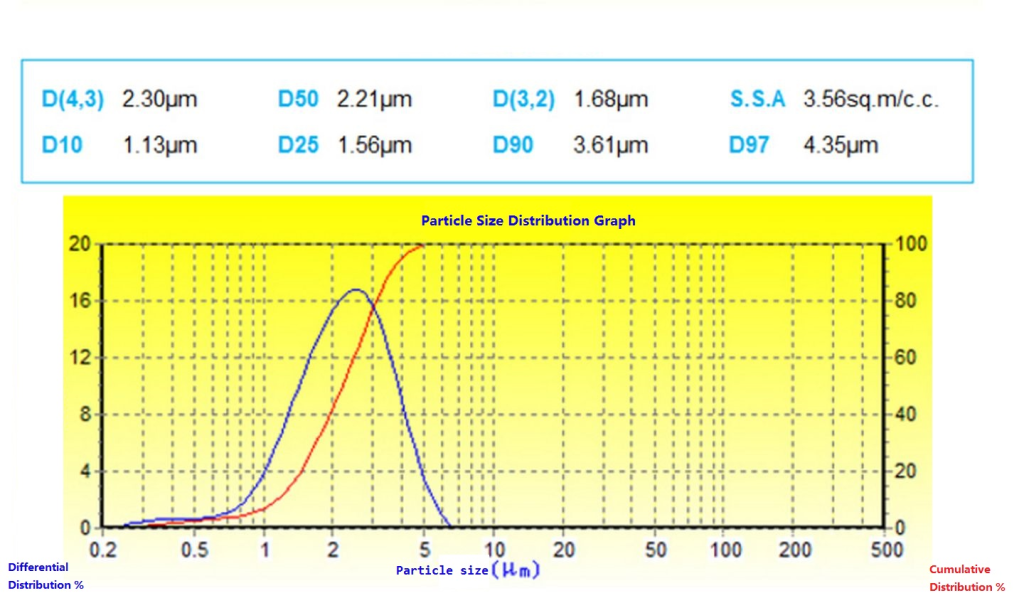
The particle size of the powder is called the particle size. Due to the complexity of the particle shape, there are usually several expression methods such as sieving particle size, sedimentation particle size, equivalent volume particle size, and equivalent surface area particle size.
The sieve size is the size of the sieve holes that the particles can pass through the sieve, expressed as the number of sieve holes in a 1 inch (25.4mm) wide sieve, so it is called the “mesh number”.
At present, there is no unified technical standard for powder particle size at home and abroad. It is also difficult to unify the meaning of “target” in different countries and industries.
Testing method of powder particle size
The particle size of powder materials can be detected by screening method, sedimentation method, resistance method, laser method, electron microscope method and other methods.
Each method has its own characteristics, and the test results may vary. For particles with finer particle size or smaller specific gravity, the detection results of the latter three methods are more reliable. For example, we usually process products with a larger particle size of about 15-20μm. Although the measurement results of these types of instruments are different, the difference is not very large. If the sedimentation method is used for measurement, a larger measurement error may occur.
Several key indicators that indicate the granularity characteristics
D50: The corresponding particle size when the cumulative particle size distribution percentage of a sample reaches 50%. Its physical meaning is that the particle size is larger than it accounted for 50%, the particle smaller than it also accounted for 50%, D50 is also called the median diameter or median diameter. D50 is often used to indicate the average particle size of the powder.
D97: the corresponding particle size when the cumulative particle size distribution of a sample reaches 97%. Its physical meaning is that 97% of the particles are smaller than it. D97 is often used to indicate the particle size index of the thick end of the powder.
The definition and physical meaning of other parameters such as D16 and D90 are similar to D97.
Specific surface area: the sum of the surface area of the particles per unit weight. The unit of specific surface area is m2/ kg or cm2/ g. The specific surface area has a certain relationship with the particle size. The finer the particle size, the larger the specific surface area, but this relationship is not necessarily proportional. The definition and physical meaning of parameters such as D97 are similar.
Differential distribution and cumulative distribution
The particle population usually consists of a large number of particles of different sizes. It is divided into several levels according to the size of the particle size, which shows the relative content of each level of particles, which is called differential distribution; shows the total content of particles less than a certain level, which is called cumulative distribution.
The larger particle size is the equivalent diameter of the larger particle in the particle size distribution curve. The average particle size is the equivalent diameter of the larger particles when the cumulative distribution in the particle size distribution curve is 50%. D90 particle size, D50 particle size, and D10 particle size are the equivalent diameters (average particle size) of larger particles when the cumulative distribution in the distribution curve is 90%, 50%, and 10%, respectively.
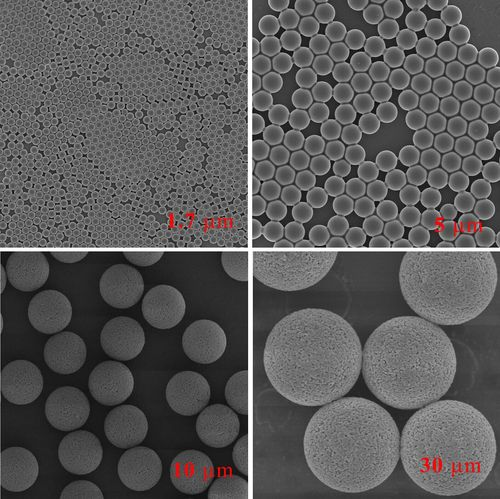
The size of the particles is called the particle size, and the diameter of the particles is called the particle size. The particle size is usually used to express the particle size. We know that only spherical geometry has a diameter, and the actual measured material shapes are different, there is no real diameter. Therefore, the particle size mentioned in the particle size distribution measurement process is not the real diameter of the particles, but the virtual “equivalent diameter”. The equivalent diameter is when a certain physical property of the measured particle is similar to a homogeneous sphere of a certain diameter, the diameter of the sphere is regarded as the equivalent diameter of the measured particle. Therefore, the data of particle size measurement methods designed with different principles often have large differences. Although some instruments have software for conversion, the actual use is neither necessary nor accurate.
Grinding mill product recommendation
